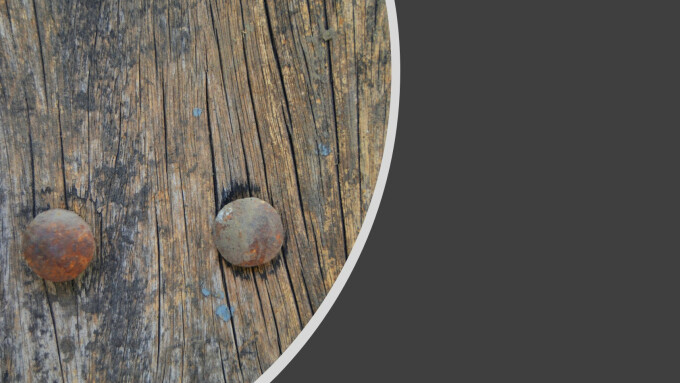Wounds of the Resurrected Christ

Question: “In the 20th chapter of John, after Jesus was raised from the dead, He appears to His disciples and shows them nail prints in His hands and the wound in His side to prove that He was the same person who was crucified. If He had His resurrection body, why did His hands and side still have wounds?”
Answer: In 1 Corinthians 15 the Apostle Paul says that “…Christ has indeed been raised from the dead, the first-fruits of those who have fallen asleep.” Jesus was not just brought back to life in the same way that Jairus’ daughter or Lazarus, this resurrection body can never be touched by death again. He conquered death by His own power, once for all, and His resurrection body is a glorified form of the body which hung on the cross, changed, but yet in some ways the same. In the resurrection accounts, He isn’t readily recognized by the disciples who had lived with Him for three years, and He seems to have the power to suddenly appear and disappear. However, this resurrection body was material, a very real human body, only in a glorified form. He ate fish and could be touched by Mary and the disciples. He was the “first-fruits” because Paul says, we will all one day receive a similarly glorified version of our current bodies because of our faith in His death for our sins and His resurrection.
But how could this perfected and glorified body of Christ still have the holes in His hands, feet, and side that were inflicted at the cross? Even our fallen, imperfect bodies heal rapidly… how could the disciple Thomas put his finger in the nail marks and his hand in Jesus’ side over a week after the resurrection? There is, of course, mystery here, but there can be no doubt that the wounds were not still open due to a defective or incomplete glorification of Christ’s body. Instead, these marks were left (temporarily?) on the body of Jesus for the very purpose which they serve in John 20 – as clear evidence to Thomas and the other disciples that this resurrected Jesus was the very same Master who taught them for three years and who was then beaten, mocked, and nailed to the cross. Otherwise, there would always have been a doubt in their mind about whether this wasn’t just some kind of apparition or imposter.
These wounds were a sign of our salvation. The Lamb of God who takes away the sin of the world has been slain, and now He lives forever. He is the resurrection and the life. As C.H. Spurgeon said, “…those dear wounds continually prove the truth of the gospel, and the truth of our salvation by it. Incarnate Deity is a thought that was never invented by poet’s mind, nor reasoned out by philosopher’s skill. Incarnate Deity, the notion of the God that lived, and bled, and died in human form, instead of guilty man…is itself its own best witness. The wounds are the infallible witness of the gospel of Christ.”

